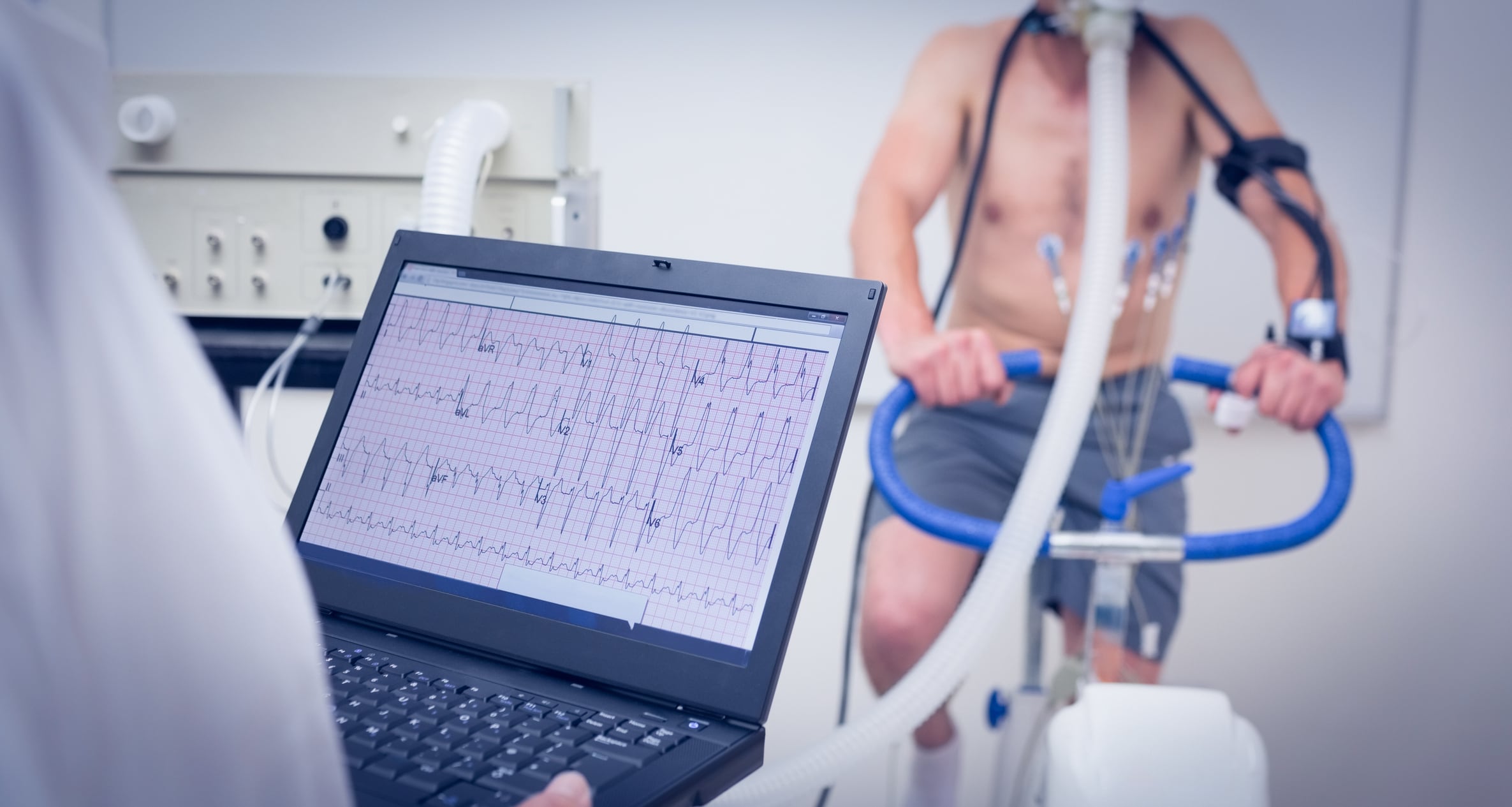Hesperidin is found mainly in citrus fruits and reaching high concentration in sweet orange (Citrus sinensis). There is evidence to suggest it can have therapeutic effects in certain diseases (eg neurological and cardiovascular) due to its anti-inflammatory properties, antioxidants, inhibition of fat accumulation, improvement in glucose homeostasis and insulin sensitivity but there has been little research into its impact on sports performance.
The current Spanish study therefore aimed to examine the chronic effects of 2S-hesperidin (500 mg, Cardiose, by HealthTech Bio Actives (HTBA)) supplementation on: (1) power production at FatMax, ventilatory threshold 1 and 2 (VT1 and VT2) and maximum power in an incremental test (high aerobic component), and (2) maximum absolute and relative power during a Wingate test (high anaerobic component).
The secondary objective was to evaluate whether hesperidin supplementation modified metabolic (O2 and CO2) and energy substrate (carbohydrates and fats) markers during a step test that could explain a possible enhancement in performance.
Forty amateur cyclists were randomised into two groups: one taking 500 mg/day 2S-hesperidin and the other taking 500 mg/day placebo (microcellulose) for eight weeks.
An incremental test was used to evaluate performance, and a step test was used to measure oxygen consumption, carbon dioxide, efficiency and oxidation of carbohydrates and fat by indirect calorimetry. The anaerobic power (non-oxidative) was determined using Wingate tests (30 s).
After eight weeks supplementation, there was an increase in the incremental test in estimated functional threshold power (FTP) (3.2%; p ≤ 0.05) and maximum power (2.7%; p ≤ 0.05) with 2S-hesperdin compared to placebo.
In the step test, there was a decrease in VO2 (L/min) (−8.3%; p ≤ 0.01) and VO2R (mL/kg/min) (−8.9%; p ≤ 0.01) at VT2 in placebo. However, there were no differences between groups.
In the Wingate test, there was a significant increase (p ≤ 0.05) in peak and relative power in both groups, but without differences between groups.
The researchers conclude: "Supplementation with 2S-hesperidin for eight weeks promotes an improvement in estimated FTP and maximum power in amateur cyclists during an incremental test. Furthermore, the supplementation with 2S-hesperidin can prevent a drop in VO2R (VT2) and FAT (FatMax and VT1) in step test on training periods with less volume and load. These findings support the use of 2S-hesperidin as a natural new ergogenic aid, which can help cyclists improve both their aerobic performance."
Study design
A double-blind, parallel, and randomised experimental design was performed. Total distance of usual training was balanced to make it similar between groups (Table 1). Participants consumed two capsules of 250 mg at the same time of either 2S-hesperidin (500 mg) or placebo (microcellulose) for 8 weeks.
Participants visited the laboratory on seven occasions. Visit one consisted of a medical examination, blood extraction to determine health status and a familiarisation session with the Wingate test. When urine samples were collected on visit two in the fasted state, both groups consumed the supplements under the supervision of an investigator, which was followed by a standardized breakfast. On visits two and five, a 24-h diet recall and a Wingate test were performed.
On visits three and six, another 24-h diet recall was conducted, followed by an incremental test until exhaustion on a cycle ergometer.
On visits four and seven, the 24-h diet recall was repeated, and participants performed a step test on the cycle ergometer. Prior to each testing session, a standardised breakfast (557.7 kcal) composed of 95.2 g of carbohydrates (68%), 18.9 g of protein (14%) and 11.3 g of lipids (18%) was prescribed by the sport nutritionist.
Research background
Pittaluga et al. investigated the effect of 250 mL of red-orange juice, which has a high content of hesperidin, on exercise performance (incremental test) in healthy, trained older women. Following four weeks of consumption of ROJ (three per day), these older women significantly increased their work capacity by 9.0% compared to placebo (-1.5%).
Another chronic study evaluated the effect of a four-week supplementation of 2S-hesperidin (500mg/day) in trained cyclists and observed significant increases in average power output (14.9W = 5%) in a 10 minute time trial test on a cycle ergometer. Those that consumed placebo had a non-significant increase in average power output (3.8 W = 1.3%), moreover, differences were found when comparing the groups.
Source: Nutrients
Alcaraz. P. E., et al
"Effects of 8 Weeks of 2S-Hesperidin Supplementation on Performance in Amateur Cyclists"
https://doi.org/10.3390/nu12123911


